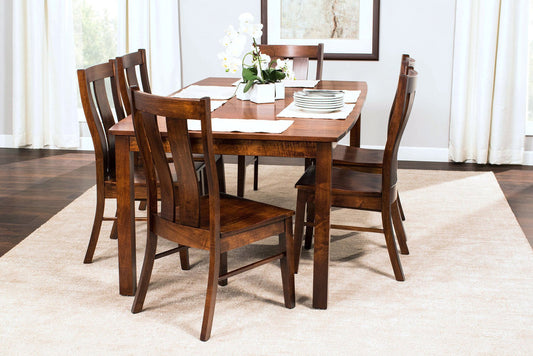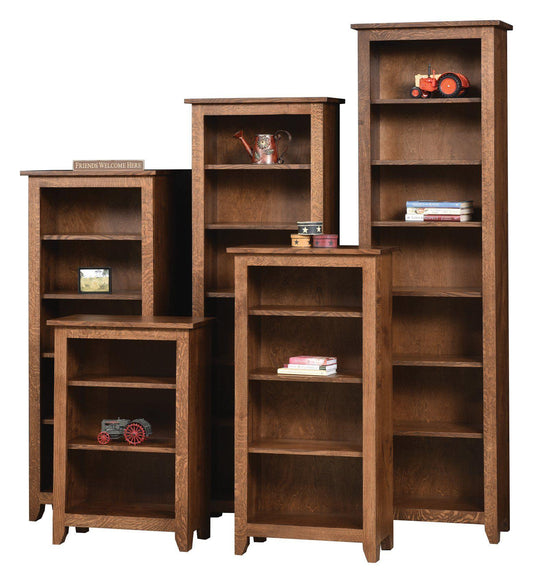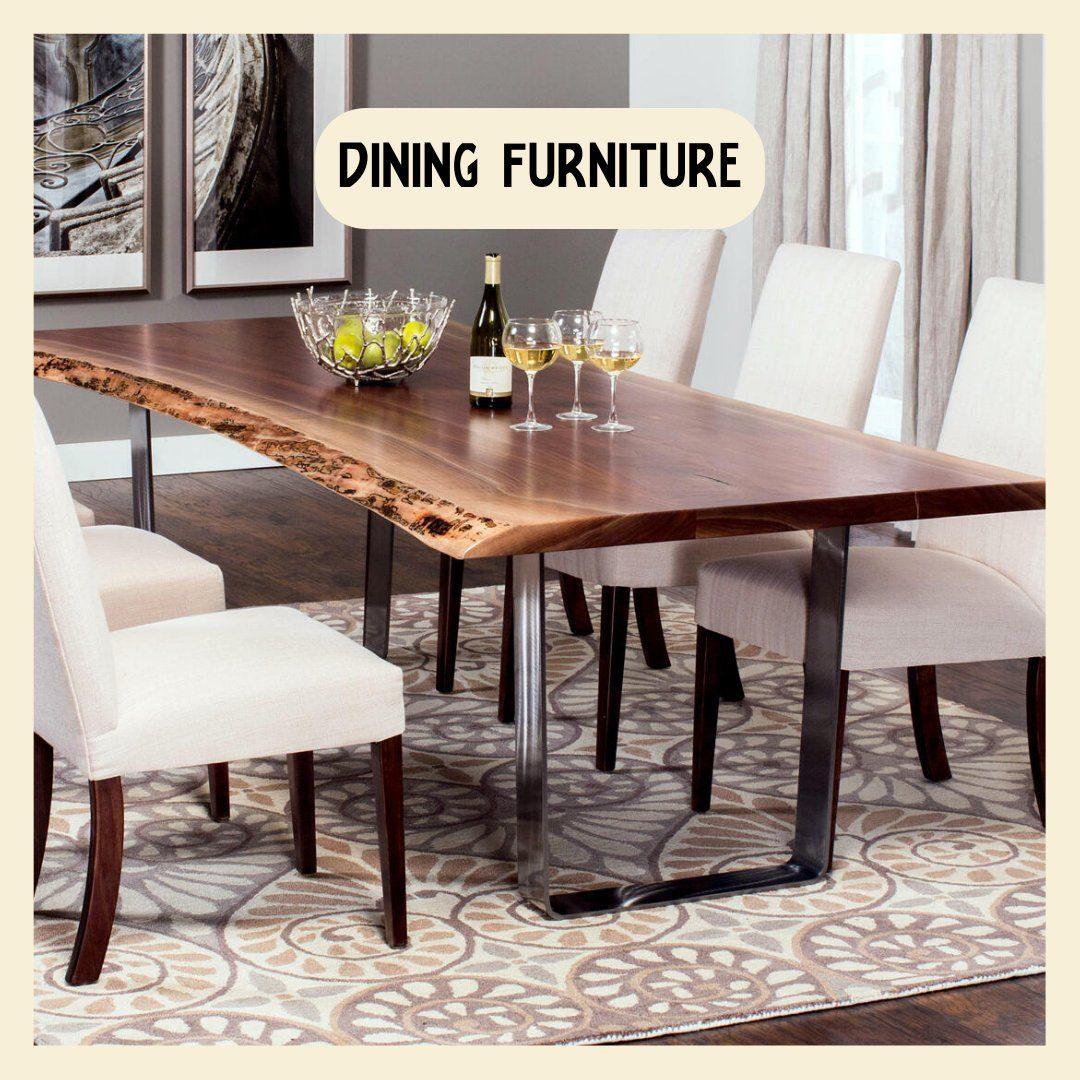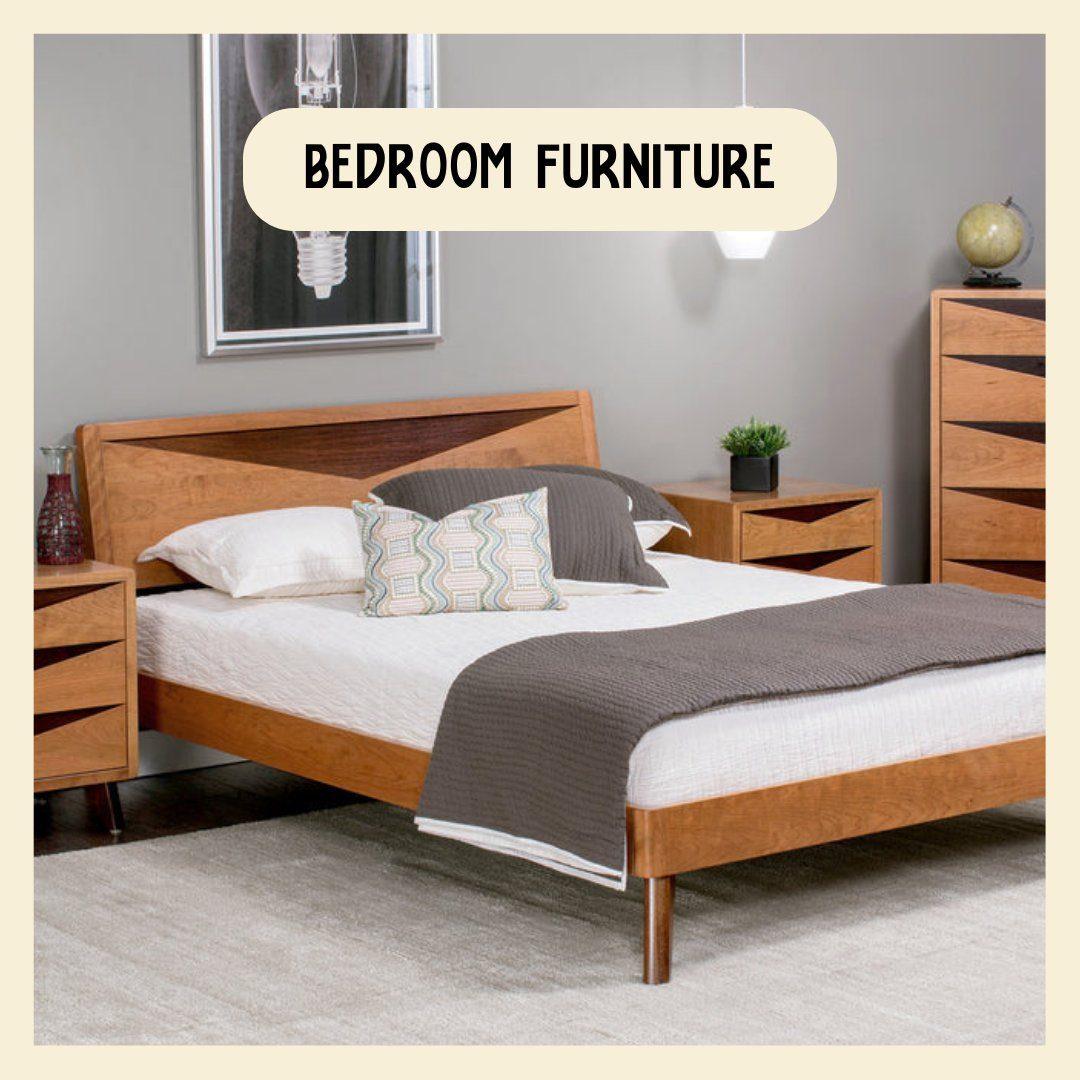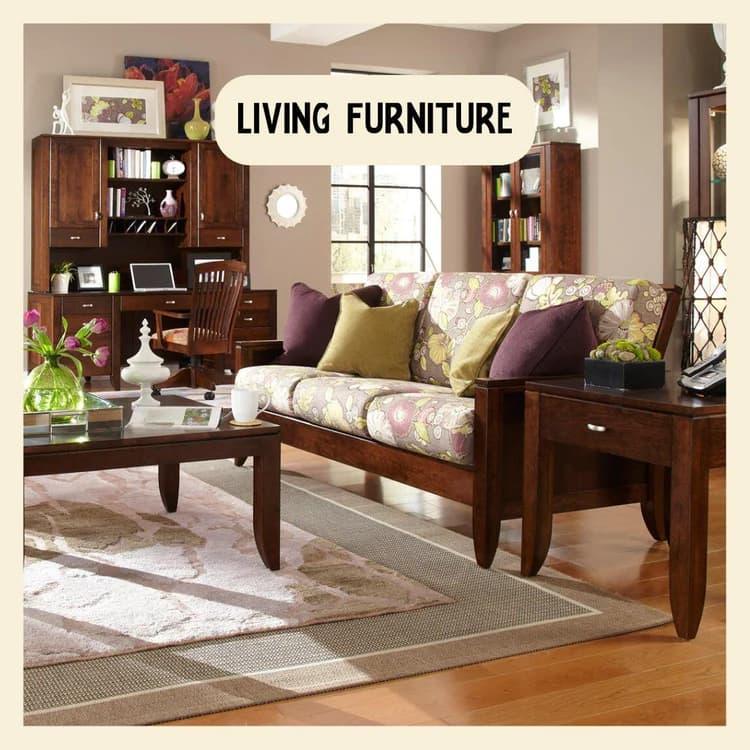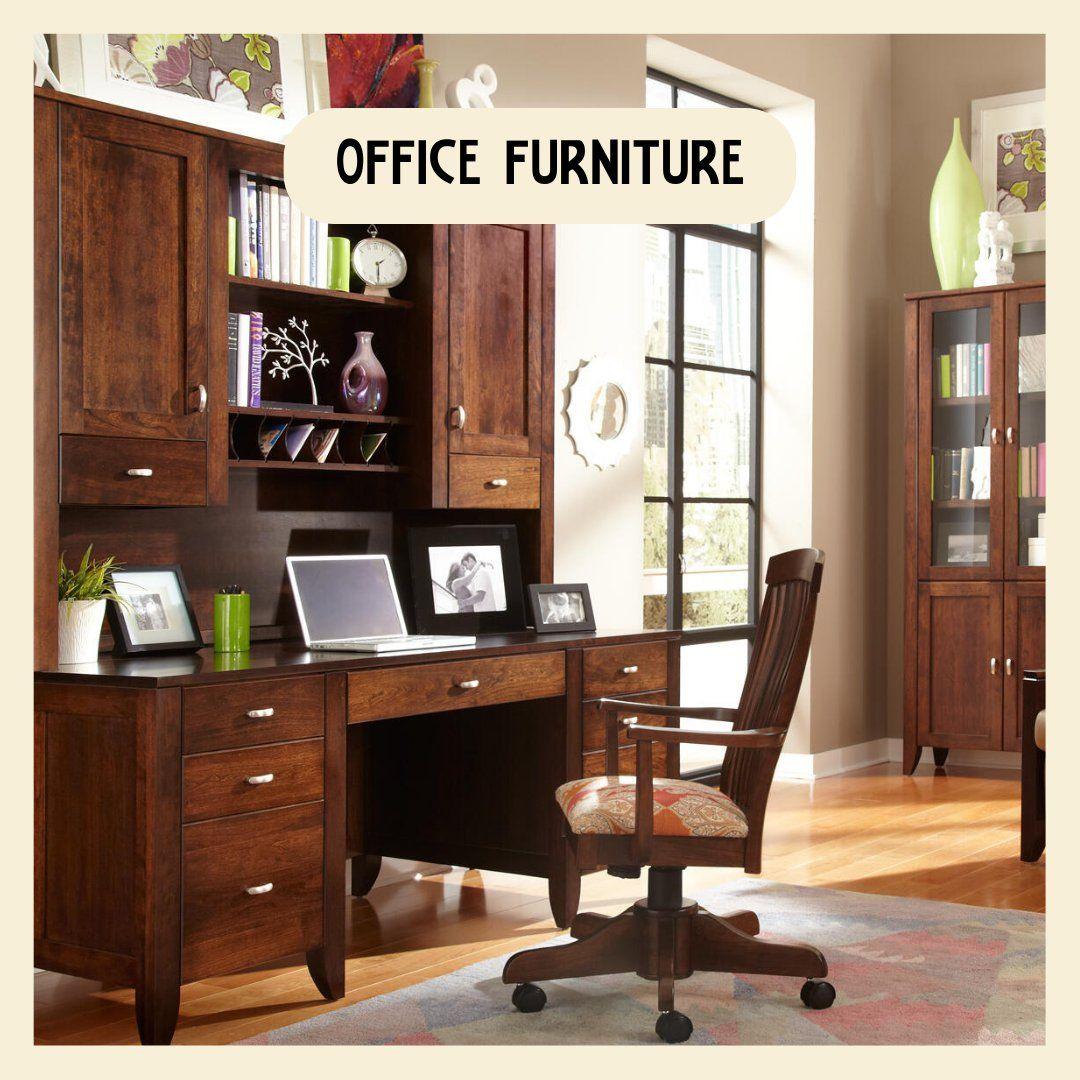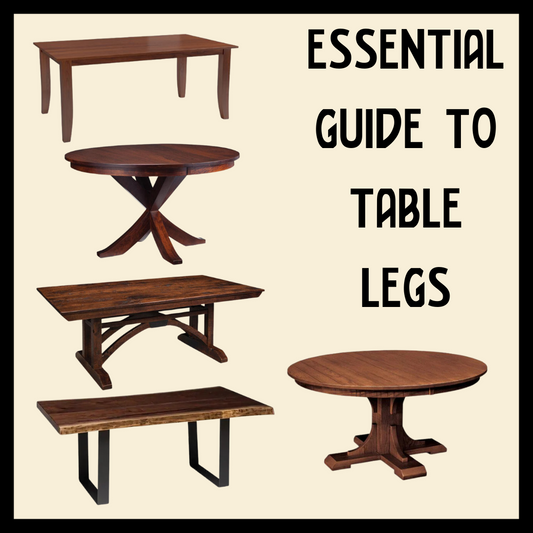What Makes a Craftsman Bungalow? History, Color and Furniture Choices
Whether you call it a bungalow, a Craftsman, or a Craftsman bungalow, these simple but artistic homes have captured our attention and guarantee to be bitten (if not already) by a virile little bug that will bring you to great lengths to do your home justice.

But should you call a bungalow a Craftsman and vice versa? Craftsman is actually considered an architectural or interior style whereas a bungalow is a form of house. Many bungalows exhibit a Craftsman style. While it is certainly a popular pairing to have Craftsman bungalows, it’s not always the case. Spanish Colonial Revival, Modern, and Tudor bungalows are a few additional variations of the popular home.
Regardless of what yours looks like, America’s love affair with Craftsman-style homes started in the early 1900s when the working class was finally able to afford a home with respectable architectural stylings - something that had previously been available only to the wealthy. It wasn’t just pleasing to look at. The construction was sound and the plumbing excellent which, if you think about it, for the early 1900s was a big deal!
In many ways bungalows helped people, regardless of income, fulfill the American dream.
History of the Bungalow
As Charles E. White, a renowned architect in the Prairie School contemporaneous with Frank Lloyd Wright, said in his 1923 Bungalow Book:
Before 1906, the bungalow was considered a seasonal dwelling and flourished in areas where vacationers flocked. In 1906, Gustav Stickley wondered if perhaps the bungalow was actually the perfect dwelling for year-round living. The bungalow’s peak popularity from 1907-1925 coincided with the peak of the Arts and Crafts movement, which was a backlash to the Industrial Revolution and its treatment of people as workers and produced works as commodities. The movement rejoiced in craftsmanship and the visibility of the hand of the worker in the finished work, as well as harmony with nature.
It is ironic then, that it was modern means of production like the assembly line that allowed this style of home to flourish across the country. Home builders early in the 20th century published catalogs of homes, and aspiring homeowners could order them as entire kits and have them built inexpensively on their own plots of land. Gustav Stickley sold Craftsman bungalow kits through his magazine for around $1,000, and other mills and builders jumped in the game. Even Sears sold bungalow home kits!

Common bungalow characteristics:
- 1.5 stories (sometimes 2)
- Simplicity in plumbing and electrical installation
- Simple floor plan - no foyers or parlors with limited hallways
- Maximize living space in minimum square footage
- Typically 800-1500 square feet
- Built in the outskirts of growing cities
Stylistically, Craftsman houses were based on grander, earlier designs by custom builders and architects such as Charles and Henry Greene in California and offered details that identified them as bungalows such as:
- Wide Craftsman porch across the front of the entire house
- Low-pitched roof (as compared to the steeply peaked Tudor homes around the same time)
- Wide eaves with exposed rafter tails, which often extend decoratively just past the roof line
- Simple floor plan where one enters right into the living room
- Fireplace(s) with built-in cabinetry on either side
- Many windows offering light in every room
- Simple wide wood trim
- Simple Craftsman door with small windows
- Other built-in cabinetry like buffets and bookcases
There were many variations on the theme, with dormers and gables galore, and anything from modest 800 square foot cottages to grander 2-story homes, but all shared the Craftsman design touches and simple layout that defined this very American home.
And you may have noticed that Hollywood shares a great deal of love for the bungalow. Think Back to the Future and its famous shots of the Gamble House, LA Confidential and Netflix’s Bird Box. And these are only a few examples out of hundreds (or maybe more!). The sheer amount of these picturesque homes in Southern California makes filming on location easy, but there’s even more to the obsession. Check out our post on Craftsman Style at the Movies if you want to read more.
Color Schemes for the Craftsman Bungalow
With a good number of architectural assets both inside and out, the colors you choose for your bungalow should be ones that grab attention with natural or brighter shades of complementary earth tones.
Because there are so many options for you to choose from given the Craftsman color palette popularity, it can feel daunting to decide what will work best for your home. We’ve written an Ultimate Guide to Craftsman Color Palettes that can be referenced at any time. Below you will find a usable summary to get you started.

Exterior Color
If the words earthy and fall come to mind, you’re on the right track. Earthy browns, muted greens, and cool blues are often used on the Craftsman bungalow exterior. It doesn’t mean you can’t use additional colors, but typically you will see variations of the above-mentioned three.
Areas needing color:
-
Body - because bungalows are typically brick or stone, the body is the surface area under the gables
-
Trim - rafter tails, cornices, eaves, railing
-
Accent - window frames and mullions, welcoming front porch pillars, door trim
The options for colors in these three areas range from choosing different colors for each area (such as a green for the body and shades of browns and reds for the trim and accent) to choosing one color for the whole house in various shades.
Interior Color
How you color the interior of a Craftsman bungalow is just as important if you want that same attention-grabbing look achieved on the exterior of the home. The color palettes are similar, there’s just more to think about in how they are used.
Start with a rug, a fireplace tile, stained glass, wood built-ins, or a beautiful piece of Craftsman pottery. It’s amazing how just this one thing can give you the context for your entire color palette.
Other considerations:
- Shades of color will vary depending on the room and how much light it receives
- Warm, west-facing vs. cool, north-facing light
- If a room is used mainly at night (like a bedroom), choose shades compatible with artificial light
- Incorporate the psychology of color:
- Blues = restful (good for bedrooms)
- Yellows = stimulating (good for dining room)
- Greens = calm and inviting (good for living room)
- Compliment natural wood with color (not white)
- Color helps to show off the woodwork
- Use neutral or shaded pastels
- Stay away from heavy, dark colors that minimize the effect of the beautiful wood of a craftsman home
- Use a flat or matte surface finish to stay true to the reserved craftsman style
Furnishing a Craftsman Bungalow
You might think there’s a contrast between the historic style of your home and the way we live today and wonder how to decorate your bungalow. Not to worry, we have more in common with the homebuyers of 100 years ago than we think!

Gustav Stickley’s The Craftsman magazine was the voice of the Arts and Crafts movement in America. This movement was a backlash to the industrialization of manufacturing, which favored volume over quality, removed the human touch in our home goods, and distanced us from nature. The movement also stood in contrast to the heavy ornamentation of the Victorian era and favored simplicity and quality materials over intricate designs and layers of decoration.
So how does one decorate and furnish a bungalow for modern life, while keeping true to its style? Just keep in mind the three founding principles behind your home:
Harmony with nature
- This style was meant to harmonize with the surroundings.
- Look for inspiration in your local wild areas.
- Do the towering evergreens make your heart sing? Then bring that deep green right onto your walls and upholstery.
- Do the red rocks bring you joy? Paint your walls a rusty hue.
- These palettes mix beautifully, it’s Mother Nature who has brought the colors together herself.
Craftsmanship
- When possible, use handcrafted natural materials and furnishings in your home. This is a beautiful way that the ethos of the 1920s Arts and Crafts movement echoes today’s focus on sustainability and natural and organic living.
- Solid hardwood furniture, natural wool rugs and woven draperies not only create a grounded classic look, but they last for the many lifetimes that your home already has.
- This is sustainability at its truest, when the things you buy today will never see a landfill.
- All these classic materials have fantastic contemporary artisans updating the look for today’s style.
Bungalow style
- These homes were meant for informal living, not for pretentious and grand style. So make it work for you and exactly the way your family lives.
- Do you enjoy television in your living room? Hang it above that fireplace and tuck the components into the built-ins.
- Want to talk to the kids while you cook? Removing the single wall between kitchen and dining instantly updates to a modern floor plan with minimal renovation.
Modern Bungalow’s huge selection of Craftsman style Amish built furniture is sure to blend seamlessly into your beloved bungalow. And because we know there’s a lot to choose from, don’t hesitate to reach out and let one of our experts in the shop or one of our design partners help you in making decisions and customizations to your liking!
Be sure to check out Modern Bungalow's complete guide to historical homes which encompasses the Craftsman bungalow as well as a number of other popular styles in the American West.

